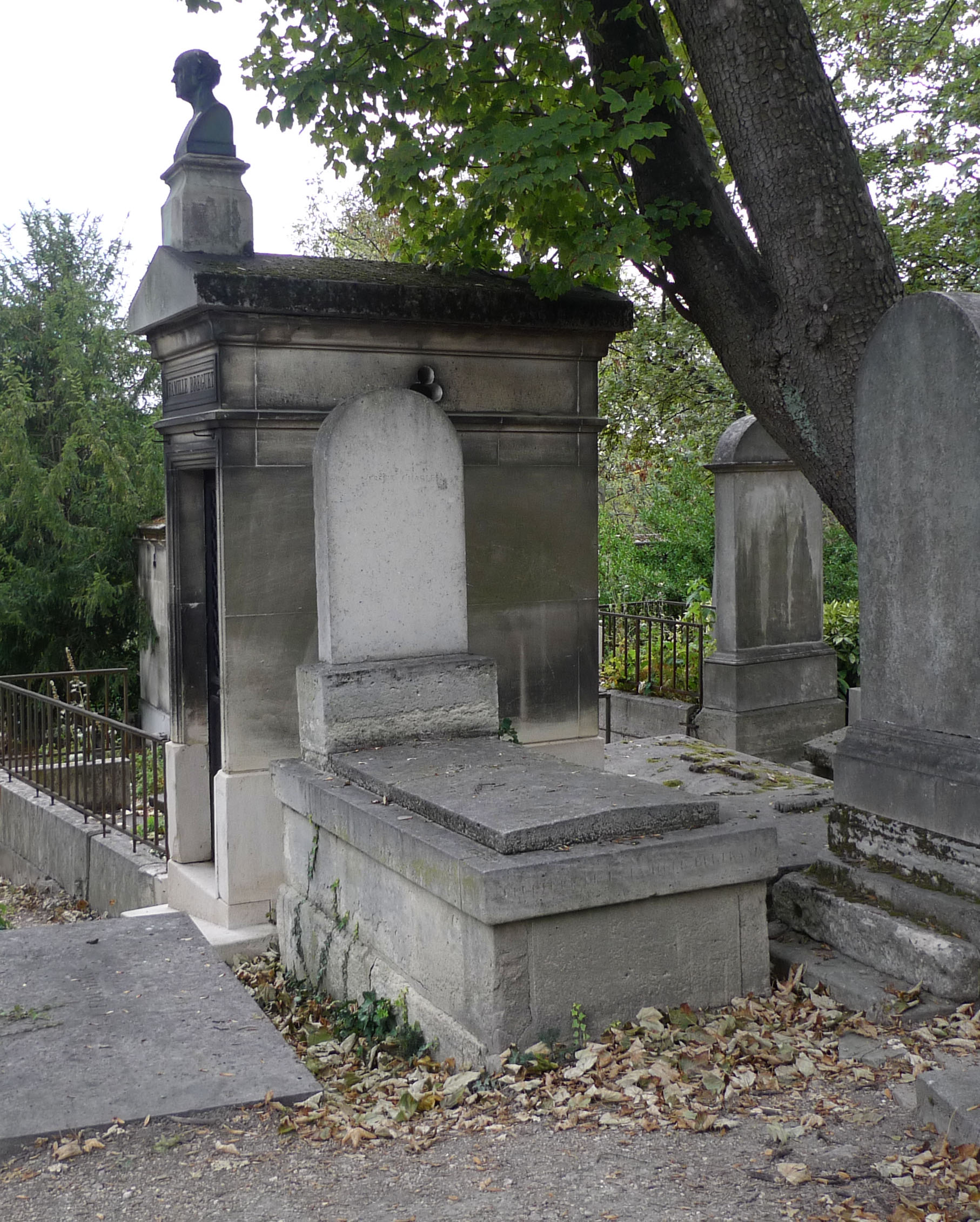|
Howard J. Brewington
Howard J. Brewington (born December 3, 1952, in South Carolina) is an American comet discoverer and former professional telescope operator of the Sloan Digital Sky Survey. Biography As an amateur astronomer, Brewington visually discovered or co-discovered five comets while manually sweeping the night sky with his home-built reflecting telescopes. He specifically designed his telescopes for the task, which included hand-grinding and polishing the 8 and 16-inch primary mirrors himself. Brewington found his first comet from South Carolina in 1989. To improve his chances of additional finds, he and his first wife, Trudy Bland-Brewington, moved to southern New Mexico in the fall of 1990 and built a comet hunting observatory on a mountain ridge east of Cloudcroft. From 1991 to 1996, the relocation paid-off with four more visual discoveries. Two of his New Mexico comets, 97P/Metcalf-Brewington and 154P/Brewington, have short-period orbits of about ten years. Starting in 1992, NAS ... [...More Info...] [...Related Items...] OR: [Wikipedia] [Google] [Baidu] |
Apache Point Observatory
The Apache Point Observatory (APO; obs. code: 705) is an astronomical observatory located in the Sacramento Mountains in Sunspot, New Mexico, United States, approximately south of Cloudcroft. The observatory is operated by New Mexico State University (NMSU) and owned by the Astrophysical Research Consortium (ARC). Access to the telescopes and buildings is private and restricted. History The ARC was formed in 1984 with the goal of building the 3.5 m telescope. It originally consisted of five institutions: New Mexico State University, University of Washington, University of Chicago, Princeton University, and Washington State University, some of which have since withdrawn. Several additional organizations have joined over time: Johns Hopkins University, University of Colorado, University of Virginia, Georgia State University, University of Oklahoma, University of Wyoming, and Brigham Young University. Funding for the 3.5 m and 0.5 m telescopes comes from the ... [...More Info...] [...Related Items...] OR: [Wikipedia] [Google] [Baidu] |
Living People
Related categories * :Year of birth missing (living people) / :Year of birth unknown * :Date of birth missing (living people) / :Date of birth unknown * :Place of birth missing (living people) / :Place of birth unknown * :Year of death missing / :Year of death unknown * :Date of death missing / :Date of death unknown * :Place of death missing / :Place of death unknown * :Missing middle or first names See also * :Dead people * :Template:L, which generates this category or death years, and birth year and sort keys. : {{DEFAULTSORT:Living people 21st-century people People by status ... [...More Info...] [...Related Items...] OR: [Wikipedia] [Google] [Baidu] |
1952 Births
Year 195 ( CXCV) was a common year starting on Wednesday (link will display the full calendar) of the Julian calendar. At the time, it was known as the Year of the Consulship of Scrapula and Clemens (or, less frequently, year 948 ''Ab urbe condita''). The denomination 195 for this year has been used since the early medieval period, when the Anno Domini calendar era became the prevalent method in Europe for naming years. Events By place Roman Empire * Emperor Septimius Severus has the Roman Senate deify the previous emperor Commodus, in an attempt to gain favor with the family of Marcus Aurelius. * King Vologases V and other eastern princes support the claims of Pescennius Niger. The Roman province of Mesopotamia rises in revolt with Parthian support. Severus marches to Mesopotamia to battle the Parthians. * The Roman province of Syria is divided and the role of Antioch is diminished. The Romans annexed the Syrian cities of Edessa and Nisibis. Severus re-establish his h ... [...More Info...] [...Related Items...] OR: [Wikipedia] [Google] [Baidu] |
People From Bastrop, Texas
A person ( : people) is a being that has certain capacities or attributes such as reason, morality, consciousness or self-consciousness, and being a part of a culturally established form of social relations such as kinship, ownership of property, or legal responsibility. The defining features of personhood and, consequently, what makes a person count as a person, differ widely among cultures and contexts. In addition to the question of personhood, of what makes a being count as a person to begin with, there are further questions about personal identity and self: both about what makes any particular person that particular person instead of another, and about what makes a person at one time the same person as they were or will be at another time despite any intervening changes. The plural form "people" is often used to refer to an entire nation or ethnic group (as in "a people"), and this was the original meaning of the word; it subsequently acquired its use as a plural form of ... [...More Info...] [...Related Items...] OR: [Wikipedia] [Google] [Baidu] |
Discoverers Of Comets
Discovery is the act of detecting something new, or something previously unrecognized as meaningful. With reference to sciences and academic disciplines, discovery is the observation of new phenomena, new actions, or new events and providing new reasoning to explain the knowledge gathered through such observations with previously acquired knowledge from abstract thought and everyday experiences. A discovery may sometimes be based on earlier discoveries, collaborations, or ideas. Some discoveries represent a radical breakthrough in knowledge or technology. New discoveries are acquired through various senses and are usually assimilated, merging with pre-existing knowledge and actions. Questioning is a major form of human thought and interpersonal communication, and plays a key role in discovery. Discoveries are often made due to questions. Some discoveries lead to the invention of objects, processes, or techniques. A discovery may sometimes be based on earlier discoveries, collabo ... [...More Info...] [...Related Items...] OR: [Wikipedia] [Google] [Baidu] |
Charles Messier
Charles Messier (; 26 June 1730 – 12 April 1817) was a French astronomer. He published an astronomical catalogue consisting of 110 nebulae and star clusters, which came to be known as the ''Messier objects''. Messier's purpose for the catalogue was to help astronomical observers distinguish between permanent and transient visually diffuse objects in the sky. Biography Messier was born in Badonviller in the Lorraine region of France, the tenth of twelve children of Françoise B. Grandblaise and Nicolas Messier, a Court usher. Six of his brothers and sisters died while young, and his father died in 1741. Charles' interest in astronomy was stimulated by the appearance of the great six-tailed comet in 1744 and by an annular solar eclipse visible from his hometown on 25 July 1748. In 1751, Messier entered the employ of Joseph Nicolas Delisle, the astronomer of the French Navy, who instructed him to keep careful records of his observations. Messier's first doc ... [...More Info...] [...Related Items...] OR: [Wikipedia] [Google] [Baidu] |
Lists Of Comets
Non-periodic comets are seen only once. They are usually on near-parabolic orbits that will not return to the vicinity of the Sun for thousands of years, if ever. Periodic comets usually have elongated elliptical orbits, and usually return to the vicinity of the Sun after a number of decades. The official names of non-periodic comets begin with a "C"; the names of periodic comets begin with "P" or a number followed by "P". Lost comets, Comets that have been lost or disappeared have names with a "D". Comets whose orbit has not been determined are designated with a "X" prefix. Lists * List of comets by type * List of comets visited by spacecraft * List of comets with no meaningful orbit * List of Great Comets * List of Halley-type comets * List of hyperbolic comets * List of long-period comets * List of near-parabolic comets * List of numbered comets * List of periodic comets See also * Lists of astronomical objects * Comet vintages External links Bright Comet ChroniclesCom ... [...More Info...] [...Related Items...] OR: [Wikipedia] [Google] [Baidu] |
Astronomical League
The Astronomical League is an umbrella organization of amateur astronomy societies. Currently their membership consists of over 280 organizations across the United States, along with a number of Members-at-Large, Patrons, and Supporting members. The mission of the Astronomical League is to promote the science of astronomy by (1) fostering astronomical education; (2) providing incentives for astronomical observation and research; and (3) assisting communication among amateur astronomical societies. The Astronomical League provides a number of observing awards to members locating and describing certain specified astronomical objects or events, and produces a periodical publication, ''The Reflector''. History The beginning of the Astronomical League dates back to 1939 when members of eleven amateur astronomical societies met at the American Museum of Natural History in New York City. Similar meetings followed in Pittsburgh, 1940, Washington D.C., 1941, and Detroit, 1946. At the la ... [...More Info...] [...Related Items...] OR: [Wikipedia] [Google] [Baidu] |
Amateur Radio
Amateur radio, also known as ham radio, is the use of the radio frequency spectrum for purposes of non-commercial exchange of messages, wireless experimentation, self-training, private recreation, radiosport, contesting, and emergency communications. The term "amateur" is used to specify "a duly authorised person interested in radioelectric practice with a purely personal aim and without pecuniary interest;" (either direct monetary or other similar reward) and to differentiate it from commercial broadcasting, public safety (such as police and fire), or professional two-way radio services (such as maritime, aviation, taxis, etc.). The amateur radio service (''amateur service'' and '' amateur-satellite service'') is established by the International Telecommunication Union (ITU) through the Radio Regulations. National governments regulate technical and operational characteristics of transmissions and issue individual station licenses with a unique identifying call sign, which mus ... [...More Info...] [...Related Items...] OR: [Wikipedia] [Google] [Baidu] |

_1938.jpg)


